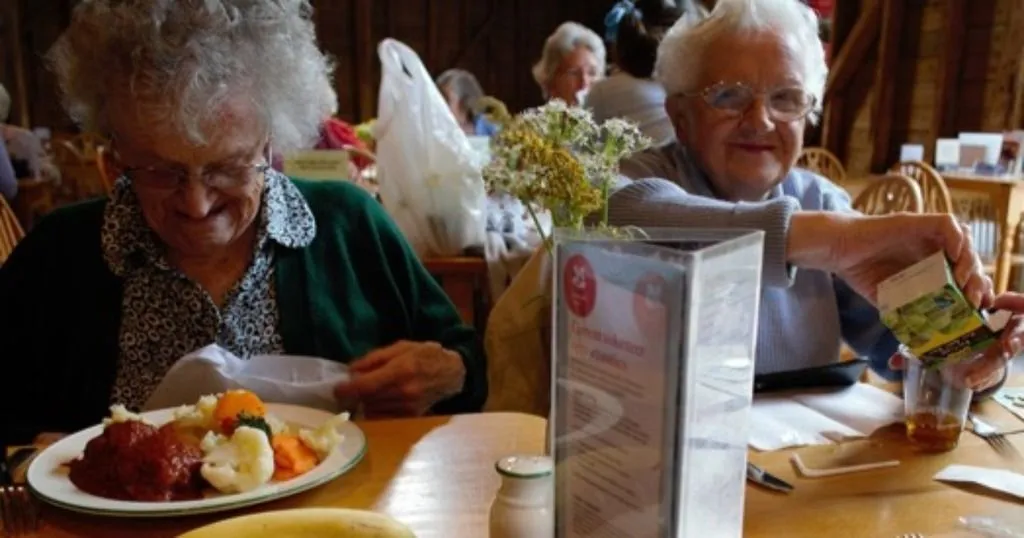Nurse-child interaction - observing medical encounters
In order to help health professionals and parents manage child distress more effectively, researchers started observations of real interactions in healthcare in a community setting.
Posted by
Published on
Wed 05 Feb. 2014
Topics
| Doctor-patient Interaction | Medical Encounter | On-site Research | The Observer XT |

Does reassuring help a child to settle down and be comforted?
In order to help health professionals and parents manage child distress more effectively, researchers started observations of interactions in healthcare. They were not observing simulated events, but real interactions in a community setting. In medical encounters, both the parents and the health professionals can play an important role in handling the stress level of children. Yuefang Zhou and Gerry Michael Humphris from the University of St Andrews, Scotland (2013) investigated the relationship between reassurance by dental staff and distress behavior of children receiving preventive procedures. Since this study concerned a preventive procedure where no pain was involved, this study aims to shed light on these specific interventions in healthcare. The researchers selected children aged 3 to 5 years and measured the level of anxiety to determine a base level. The knowledge gained from this study could be used to design more effective interventions for the improvement of child behavioral distress associated with mildly invasive clinical procedures.
Observe behavior
Using the specially developed St Andrews Behavioral Interaction Coding Scheme (SABICS) Zhou and Humphris coded nurse–child behaviors during a fluoride varnish application. All interactions were recorded on video to enable detailed coding. The Observer XT coding software enabled Zhou and Humphris to measure frequency and duration of nurse-child behavior. Moreover, they described that the precise time location of each behavior (i.e. time stamp) could easily be obtained. By connecting the time stamps, Zhou and Humphris were able to gather insight in behavioral relationships in the actual interactions.
Behaviors
The SABICS contains 48 behavioral codes relating to nurse and child behavior and six describe the fluoride varnish application protocol. The researchers describe that three behaviors were coded as reassurance: (1) describing the ease of the procedure (e.g., “It’s easy-peasy.”); (2) describing the pleasantness of the varnish (e.g., “It tastes like bananas.”); and (3) providing overall reassurance (e.g., “Don’t worry. It won’t hurt.”). Furthermore, the researchers also looked at nonverbal nurse behaviors such as touch reassurance. Child distress behavior was measured by coding nonverbal behaviors such as moves away or turns head and two verbal behaviors (crying/groaning, speech “no”).
Timing of verbal reassurance
After analyzing the videos, the researchers found that verbal reassurance significantly promoted child distress behavior. Moreover, they found that the time stamp of verbal reassurance had a significant negative effect on child behavioral distress. Timing is everything – it is not about increasing the frequency of verbal reassurance nor extending the duration of a reassuring comment, but about appropriate timing. Zhou and Humphris advised to employing verbal reassurance closer to the end of a procedure rather than at the beginning of a procedure. Furthermore, they advised to continuing with this kind of research in order to gain more insight in finer categories of reassurance and the child’s response. For example, certain forms of reassurance (making a statement vs. a gentle request) could also possibly influence child distress behavior. To come back to the first question: Does reassuring help a child to settle and be comforted? According to Zhou and Humphris, it depends heavily on the timing of the act of reassuring.
References
- Zhou, Y.; Humphris, G.M. (2013).Reassurance and distress behavior in preschool children undergoing dental preventive care procedures in a community setting: a multilevel observational study. Annals of Behavioral Medicine, p 1-12.
- Zhou Y, et al. Development of a novel coding scheme (SABICS) to record nurse–child interactive behaviours in a community dental preventive intervention. Patient Education and Counseling (2012), doi:10.1016/j.pec.2012.01.001
Related Posts

Three examples of nurse-patient interaction research

How horse riding and gardening improve quality of life for people with dementia

